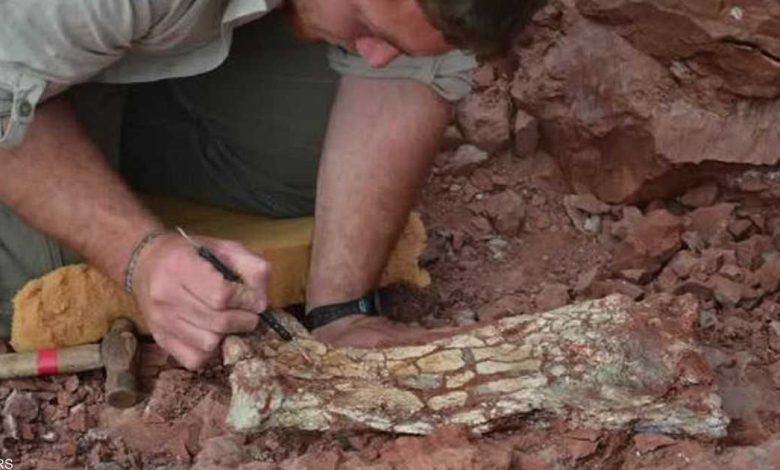The discovery of a fossil of “reptiles” that preceded birds in flight

Argentine scientists have discovered a new species of huge flying reptile called the "death dragon" that lived about 86 million years ago alongside dinosaurs, in a discovery that sheds more light on a predator whose body was the length of a school bus.
This ancient pterosaur, or pterosaur, was about nine meters long, and researchers say it preceded birds in flight as it was among the first creatures on Earth to use wings to hunt their prey from the sky in the prehistoric period.
A team of scientists discovered the newly named Thanatosdracon Amaru fossil in the Andes Mountains in Mendoza Province in western Argentina. They found that the rocks that preserved the remains of this reptile date back 86 million years, during the Cretaceous period.
This date means that these fearsome flying reptiles lived at least 20 million years before an asteroid impact on what is now Mexico's Yucatan Peninsula wiped out most life on Earth about 66 million years ago.
Project leader Leonardo Ortiz said in an interview over the weekend that the fossil's unprecedented characteristics required a new name, which combined the ancient Greek words for death (thanatos) and dragon (dracon).
"It seemed appropriate to call it that way... it's the dragon of death," Ortiz added.
It is likely that the sight of the creeper was frightening. The researchers, who published their study last April in the scientific journal (Kritachios Resource), said that the bones of the huge fossil classify the new type as the largest ancient pterosaurs (pterosaurs) discovered so far in South America, and one of the largest pterosaurs discovered anywhere else.
Source: agencies
https://shahbapress.net/archives/24872?fbclid=IwAR2g7xbA6B0k7PxsCoMaMRe2LNFDbeaEWzmGZO1y292O4keIkI2PXyR5weg

